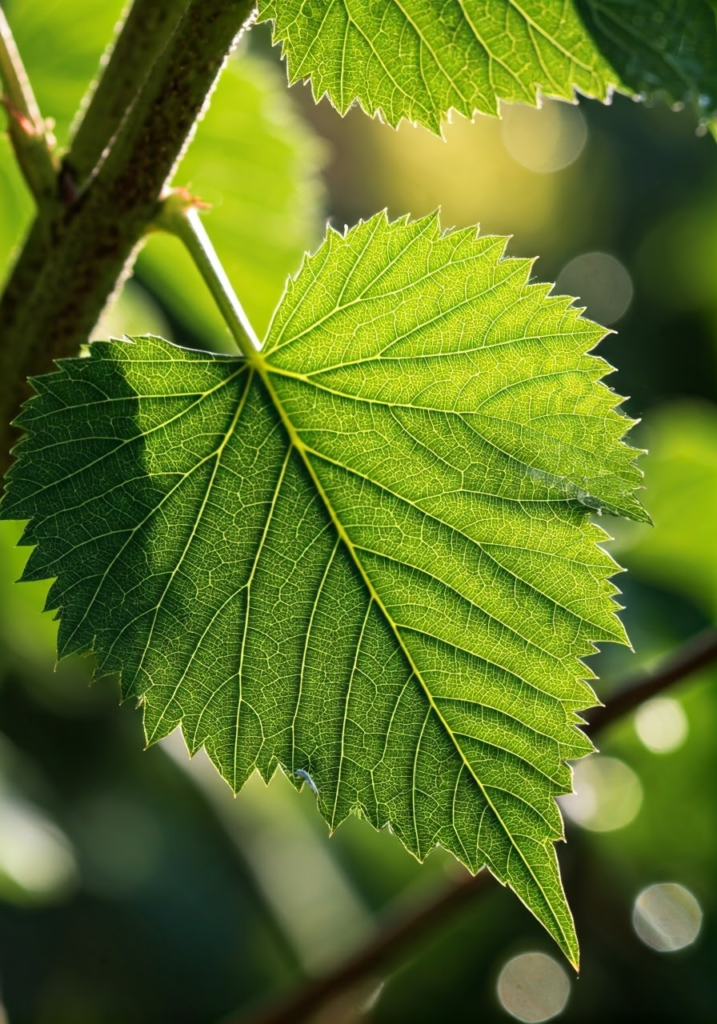Class VII – Science
Chapter 1: Nutrition in Plants
VIII. Picture Based Questions
- Identify X and state its function.
Answer: X is a stomata. Its function is to allow gas exchange (oxygen and carbon dioxide) and regulate water loss through transpiration.
- A. Why do we need to keep the plant in dark for 2-3 days?
Answer: To ensure that all the starch is used up, making it easier to observe the formation of new starch during the experiment.
- B. Why do we need to boil the leaf in alcohol?
Answer: To remove the chlorophyll, which makes the leaf colorless and easier to see the color change when iodine is added.
- C. What is the process of decolorizing a leaf known as?
Answer: The process is known as bleaching.
- D. Why does the uncovered part turn blue-black whereas the covered part does not?
Answer: The uncovered part of the leaf turns blue-black because it has been exposed to sunlight and has produced starch. The covered part does not turn blue-black because it did not receive sunlight and therefore did not produce starch.
- E. What can we conclude from the above experiment?
Answer: The experiment demonstrates that sunlight is necessary for photosynthesis, which produces starch in the leaves.
- What are these white, green, or brown patches of thread-like growth X known as?
Answer: These patches are known as fungi.
IX. More Picture Based Questions
- A. What are these swollen structures known as?
Answer: These swollen structures are known as root nodules.
- B. Name the bacteria that is found in these root nodules? Mention its significance.
Answer: The bacteria found in these root nodules is Rhizobium. Its significance is that it helps in nitrogen fixation, converting atmospheric nitrogen into a form that plants can use.
- Identify the parts X and Y. What is the special name given to these plants?
Answer: Part X is the lid of the pitcher plant, and part Y is the pitcher. These plants are known as insectivorous plants.
X. Relationship and Example Questions
- What is the relationship exhibited by plants X and Y known as?
Answer: The relationship is known as symbiosis.
- Give another example of this type of relationship.
Answer: Another example of symbiosis is the relationship between lichen (algae and fungus).



